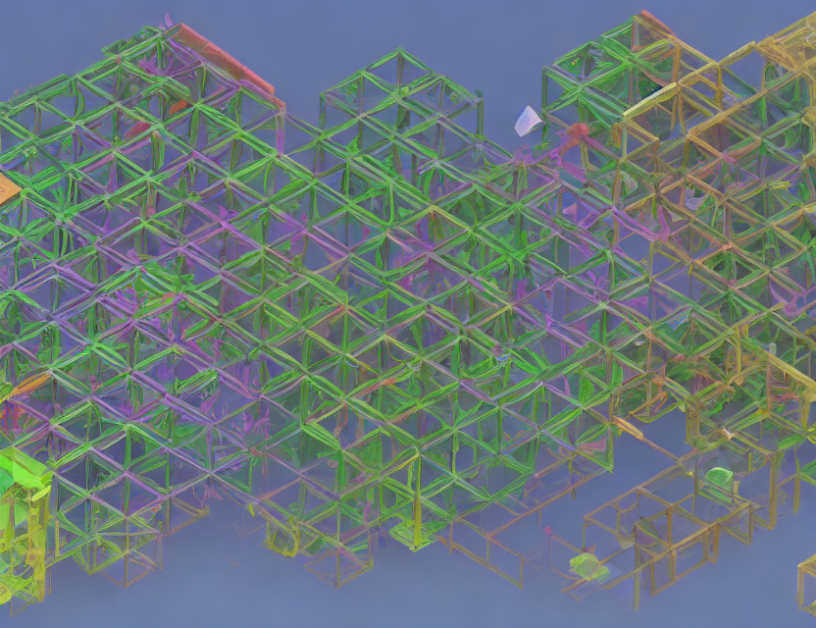What are Skew Cyclic Codes?
Skew cyclic codes are a generalization of cyclic codes that were introduced in [9]. The term "skew" refers to the fact that these codes are not necessarily generated by a single cycle, but rather by a set of cycles that are related to each other. In other words, skew cyclic codes can be thought of as a collection of smaller cycles that work together to encode and decode messages.
Properties of Skew Cyclic Codes
Skew cyclic codes have several properties that make them more versatile than traditional cyclic codes. For instance, they can correct errors in a more efficient manner, with better parameters such as length, distance, and encoding/decoding complexity [2, 1, 3, 6, 19]. Moreover, skew cyclic codes can be constructed using different techniques, including the Ore ring and the extension of the rule for multiplying elements in the code.
Comparison with Traditional Cyclic Codes
Traditional cyclic codes are generated by a single cycle, which makes them simpler to analyze and design. However, skew cyclic codes offer better performance in terms of error correction and flexibility. While traditional cyclic codes can only correct errors within a limited distance, skew cyclic codes can correct errors up to a greater distance [20]. Additionally, skew cyclic codes can be designed to have different lengths, whereas traditional cyclic codes are typically generated by a fixed length cycle.
Conclusion
In conclusion, skew cyclic codes offer several advantages over traditional cyclic codes, including better parameters and improved performance in error correction. These codes have the potential to revolutionize communication systems by providing more secure and reliable means of transmitting information. By understanding the properties and applications of skew cyclic codes, we can unlock their full potential and create more advanced communication technologies for the future.



